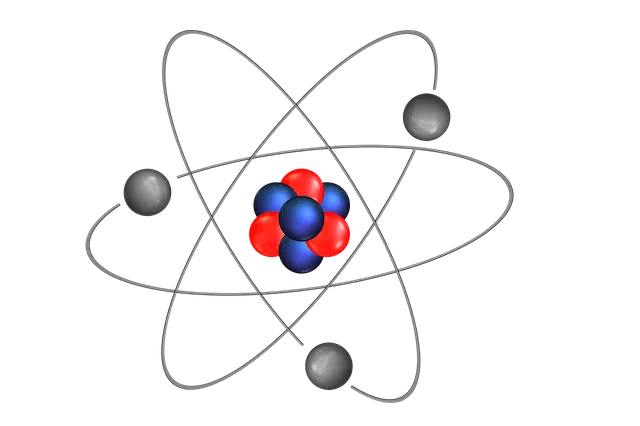
Atomic mass is the mass of an atom that is at rest.
The mass of an atom while it remains at rest is known as atomic mass . In other words, it can be said that the atomic mass is that which arises from the total mass of the protons and neutrons belonging to a single atom in a state of rest . Within the International System , the unit that allows it to be calculated and reflected is the unified atomic mass .
It should be noted that atomic masses are also usually defined as atomic weight . However, this is not entirely accurate because mass is a property of the body and weight varies according to gravity.
First investigations
In this matter we have to refer to its origins in science. More specifically, to the scientists who opted for the aforementioned, for calculating and for working with it with the clear objective of carrying out an unquestionable series of studies and benefits in favor of progress.
Thus, we can emphasize that among the first people to talk about atomic weight and calculate it was the English chemist John Dalton. He is known, and has gone down in history, for having developed a theory in this sense that was based on five fundamental points.
Specifically, the pillars of his thinking were the following: elements are made up of atoms , the atoms belonging to a single element are all the same or said atoms are different from those possessed by any other element and are distinguished by their atomic weight.
To these two clear observations, he added two more: the union of atoms of different elements gives rise to chemical compounds and these atoms cannot be created, destroyed or divided in what is the chemical process.
In addition to John Dalton, we cannot overlook the figure of another important scientist in the field of atomic mass. We are referring to Jöns Jakob Berzelius, a Swedish chemist who, along with the previous scientist and a few others, is considered the father of modern chemistry. Polymer, catalysis or isomer were some of the concepts that he coined and introduced into said science.

Various scientists investigated the notion of atomic mass.
Calculation of atomic mass
Regarding the atomic mass of chemical elements, it must be said that they can be calculated from the weighted average of the masses of the various isotopes belonging to each element, taking into account their relative abundance. This helps explain the lack of correspondence between the atomic mass in amu (atomic mass unit) of a substance and the number of nucleons contained in the nucleus of its most common isotope.
However, experts say that the atomic mass of an isotope always coincides, approximately, with the mass of its nucleons. The difference occurs because the elements are not composed of a single isotope, but rather of a combination where abundances are present for each of the elements, while when the mass of a specific isotope is measured, the abundances are not considered.
In any case, due to the mass defect (which results from the calculation of the difference between two factors: the mass measured experimentally and that reflected by its mass number A), the atomic mass of the isotopes is not equivalent to the total sum of the masses of the so-called nucleons.
